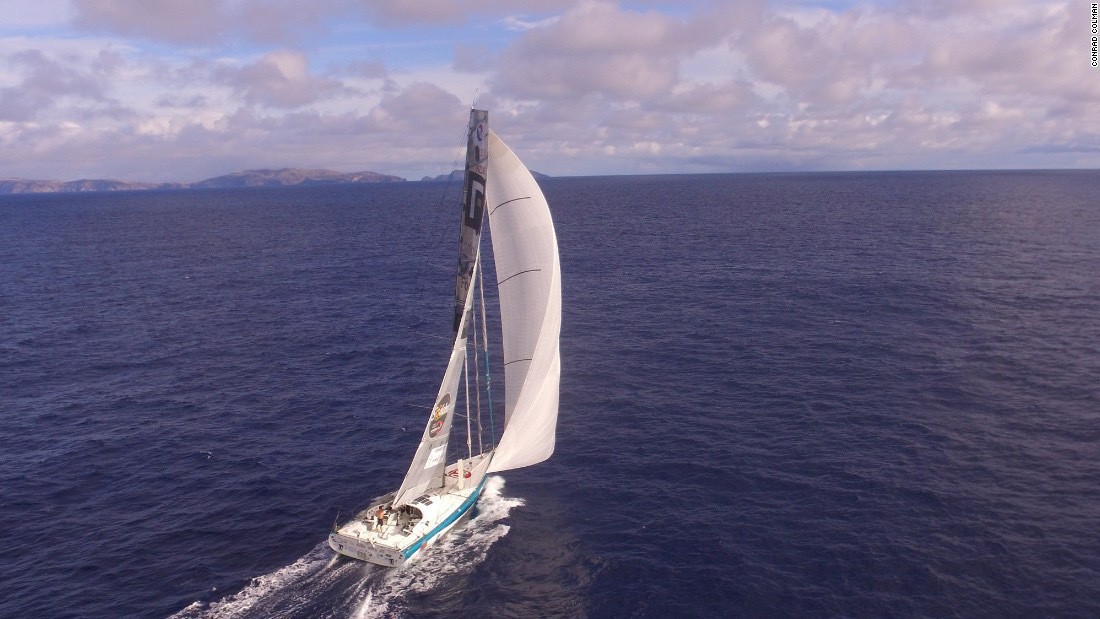I’m currently reading “Fast Handling Techniques” by Frank Bethwaite (Designer of the Tasar, and meteorologist for the Australian olympic team). It starts by detailing some history of the evolution from displacement boats to planing boats (early 1900’s), to faster than wind boats.
I was struck by his description of light wind sailing (upwind), which I’ll try to explain.
When a weather forecast states a wind speed, this is measured/predicted at a height of 50 feet. In light airs (forecast 3 knots), this speed is significantly reduced as we get closer to the ground. Hence glassy water, where the wind speed is 0 knots at 0 metres, 0.5 knots at 1 metre, 1.5 knots at 3 metres, gaining 0.5 knots every metre, until 6 metres height, where it remains constant at 3 knots.
So to paraphrase, the air at the bottom of your sail is mostly stationary. The air at the top will be some non-zero speed.
Frank introduces the notion that the top of your sail should be set for the wind, but the bottom should be in line with the boats direction of travel, to reduce friction in the lower portion of the sail.
To achieve this, introduce twist in the sail (I can only imagine this means letting the kicker/vang off so the boom will rise and open the leech of the sail. So, now, the top of the sail (in the wind) is providing drive, the bottom of the sail (in stationary air) has minimised drag.
 The image doesn't show light airs, but it does demonstrate a twist in the sail.
The image doesn't show light airs, but it does demonstrate a twist in the sail.
This is tip #1 I’m keen to try out in the RS500 (or RS300). More to come as I get further through the book.